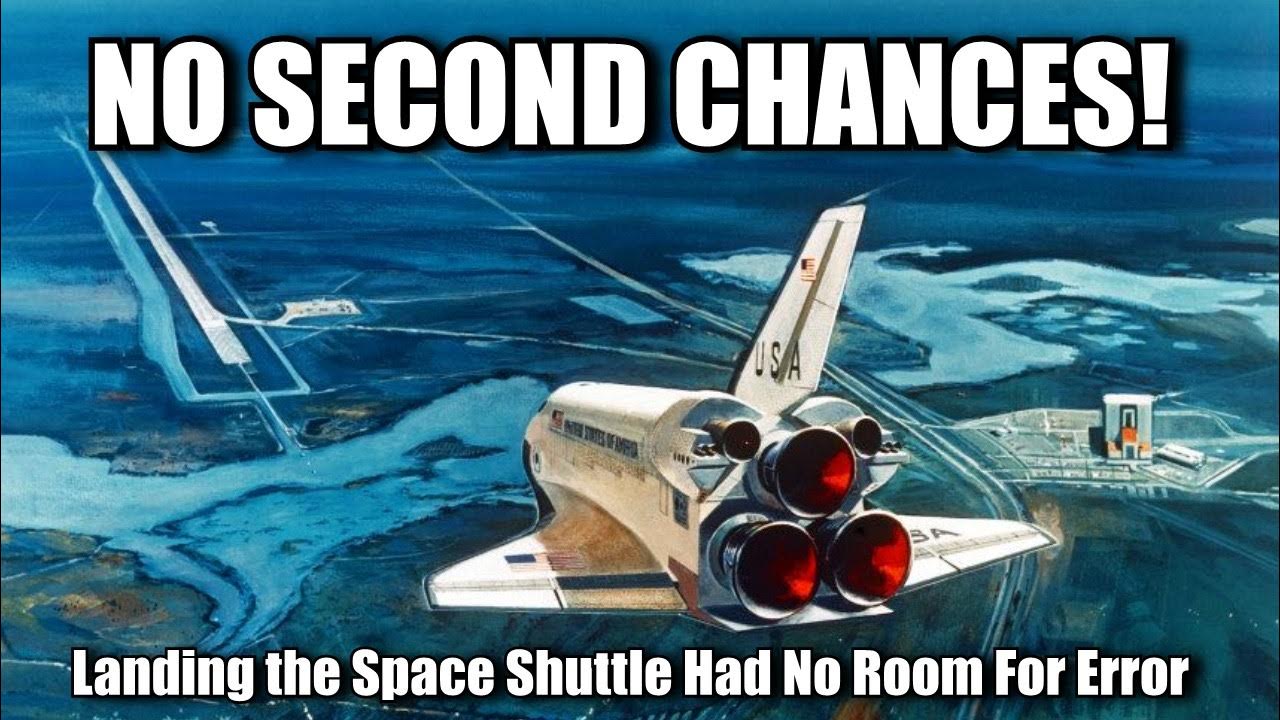Having worked on the avionics in my plane I got curious as to how the space shuttle would navigate itself thousands of miles through reentry to a pinpoint landing in the days before GPS was a thing.
Short Summary
- Scott Manley discusses the capabilities of the space shuttle compared to other spacecraft.
- The space shuttle was able to carry payloads, perform accurate re-entry and landings on runways, and glide through the atmosphere like a glider.
- Challenges of maneuvering the space shuttle during re-entry and landing are emphasized, highlighting the need for precise navigation systems.
- Ground stations and tracking systems were used to determine the shuttle’s orbit before re-entry.
- Inertial measurement units were relied upon for navigation during re-entry due to plasma interference inhibiting radio communication.
- The Tactical Air Navigation system was used for navigation closer to the landing site, providing bearing and distance information.
- The Vortex system, used for range and angular measurements, emits signals like the Limon pattern for bearing measurements.
- The military version, VORTAC, offers higher precision by adding a second oscillation to the signal.
- Landing the space shuttle involves aligning lights and instruments to guide the pilot during the final approach.
- Managing speed and angle during landing, as well as using various instruments and systems for navigation and altitude readings, are crucial for a safe landing.
You must log in or register to comment.


